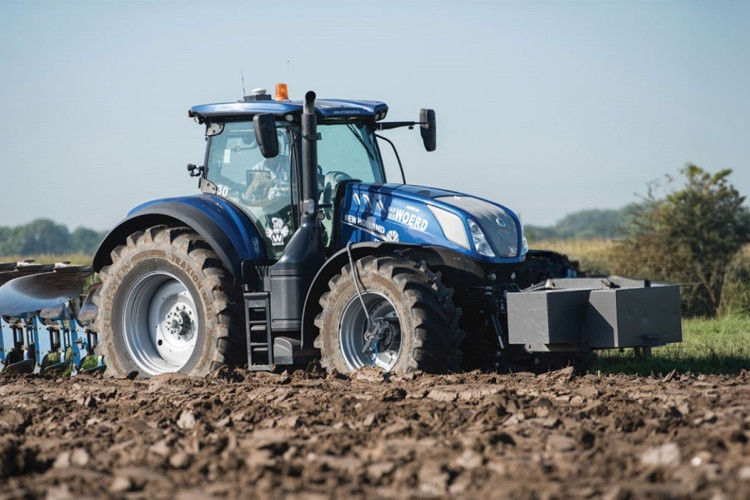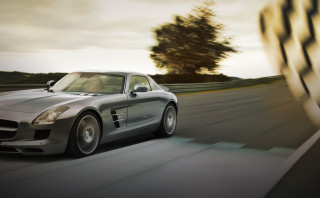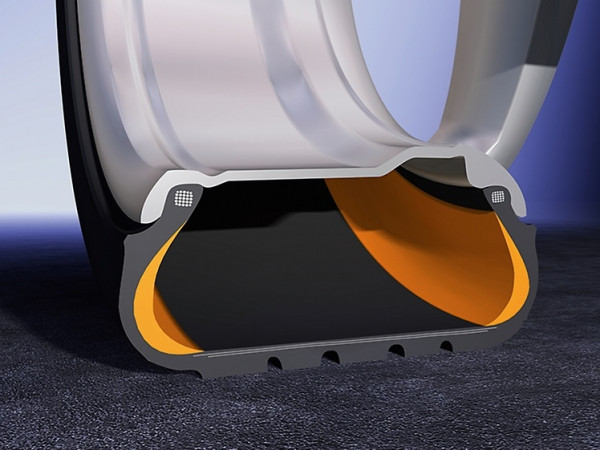Your guide to runflat tyres
In Greek mythology, it was foretold that the baby Achillies would die young. Desperate for this not to be, his Mum took him down the river for a dip. The waters of the Styx river apparently made you invincible. But as opposed to chucking little Achilles in, she just dipped him in the water quickly. Alas, Mother dearest forgot about where she was holding him. A few years go by and a poison arrow finds it way to the area between his ankle and foot, where his Mum's hands had been. He dies. And we all grow up to know that area as our Achilies heel. We also know it as a general description for an area of mortal weakness.
Moving on… to a galaxy far, far away. The evil Empire is intent on building a galactic superweapon that has the capability for power-projection, destroying entire planets with a single blast from its mighty lasers. But there’s a problem. A nicely aimed laser up its exhaust vent will find its way straight to the reactor core and blow it up. You would have thought making the thing without such a glaring... erm... achilles heel... wouldn’t be rocket science. But it... erm... was.
To the humble automobile. Since their inception they have been beset with difficulties. However, mankind is an innovative bunch and we’ve improved the design again and again. Nowadays, your vehicle can be started from your smartphone and park itself. The technology is simply amazing. But, like our dear Greek friend and the Death Star, there is an issue. The tyres. You can throw all the technology you want into a car but a humble nail can still derail your plans and find its way into your tyres.
There is an answer though. They’re called runflat tyres. And they are really quite wonderful things.
- The Runflat Tyre Basics
- The Benefits of Runflat Tyres
- The Finer Details
- The Self-Sealing Alternative
- The Future
The runflat tyre basics
The most obvious answer to deal with puncture issues is to have the puncture seal itself somehow. You’ll still need to change the tyre though. But there’s another way of overcoming the immediate issues of a puncture (i.e. getting to where you need to get to). When a tyre becomes deflated, the sidewall becomes crushed between the rim and the road. The potential result is a blowout or the tyre slipping off the rim. Both can have fatal consequences.
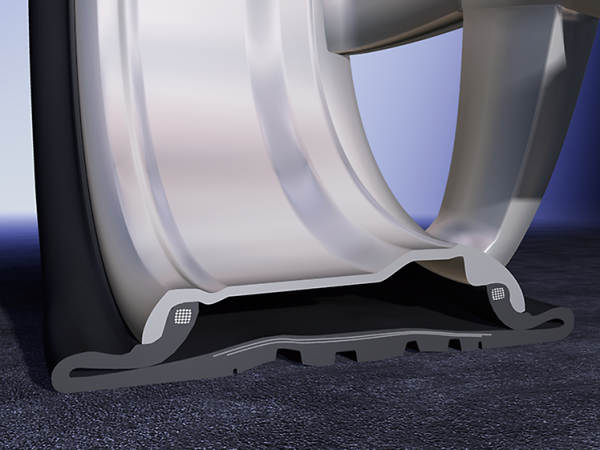
This is what happens when a tyre deflates on the rim.
But what if the integrity of the sidewall wasn’t compromised? If the sidewall was self-supporting then you’ve solved the issue. Which is exactly what Continental has done with their SSR (Self Supporting Runflat) Tyre. These bad boys have a reinforced sidewall, which in the event of a puncture remain intact and do not become crushed. So the tyre won’t slip off the rim and is unlikely to blowout.
The benefits of runflat tyres
Well... obviously... not having your tyre slip off the rim or blowing out is a big benefit. But there’s more. They completely negate the need to have a spare. Removing the need for the spare not only reduces weight (improving fuel consumption) but also gives you a lot more room to store other stuff. Typically, you’ll get about an extra 80 litres to fill up with junk. No doubt making the weight saving benefits null and void but that’s kind of what we all do anyway isn’t it.
Of course, space saving and possible fuel saving aside, the real advantage is not having to stand there at the side of the road, in the wind and driving rain (as that’s when all punctures occur - it’s a rule) having to change the tyre. The children (they’ll be with you - it’s a rule too) will become impatient and point out your lack of speed and (possible) lack of knowledge about vehicle maintenance. No Sir - it is not a good time. At the very least you can expect to get oil stains on your new pants and shirt (yup - you guessed it - it’s a rule).
There are some advantages over the more common spacesaver tyre too. A spacesaver tyre will reduce your cornering grip by up to 15%. Not only that but if you’re in a front wheel drive vehicle (which is most people in small to medium sized vehicles) and you get a flat on the front, then you have more work. This is because you should really move the flat to the rear and then replace it with the spacesaver, so the good rear tyre is now at the front and you get maximum traction from the normal tyre, on the axle that is doing all the work and driving the vehicle.
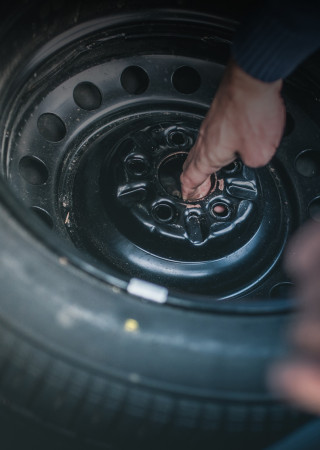
The finer details
As with all tyres, they still need replacing. However, if a puncture strikes your SSR tyres you still get 80km of travel (at up to speeds of 80kmh) so you can make it safely to a place of repair or refuge.
The Continental SSR tyres are compatible with all standard rims and have been designed specifically for low profile tyres.
Some points to be aware of though. Your vehicle must have a Tyre Pressure Monitoring System (TPMS) for you to run SSR tyres. That’s a legal requirement. But here’s something else. Don’t fit them to a vehicle that wasn’t designed for them originally. It’s not illegal but it’s unwise. Fitting SSR tyres to a vehicle not designed for them will very likely change the vehicle's handling and characteristics and will impact negatively on safety and performance.
We should also point out the dangers of doing the opposite too. That is, if you have a vehicle designed for SSR tyres then we strongly caution against fitting it with regular tyres. The handling of the vehicle has been tuned to the tyre and vice versa. For example, the suspension will be softer to compensate for the thicker and less flexible sidewalls of the SSR tyre. Ignoring this and sticking on normal tyres will likely significantly impact its cornering and handling performance. Also - remember you’ll have no spare fitted (hence no room for one).
And if you’ve listened to us above you won’t need this paragraph but here’s a final one… never mix the two. Never have normal tyres on one axle and SSR tyres on the other. You’d have some hairy handling issues if you did that, and you’d also fail your next WOF. So don’t do that. There - you’ve been told.
The self-sealing alternative
There is another option. Not content with developing the impressive runflat tyres, Continental also developed what’s known as ContiSeal. These tyres take the more traditional approach of sealing the area punctured to ensure air pressure is maintained. Continental ContiSeal tyres have a sticky, viscous sealant layer.
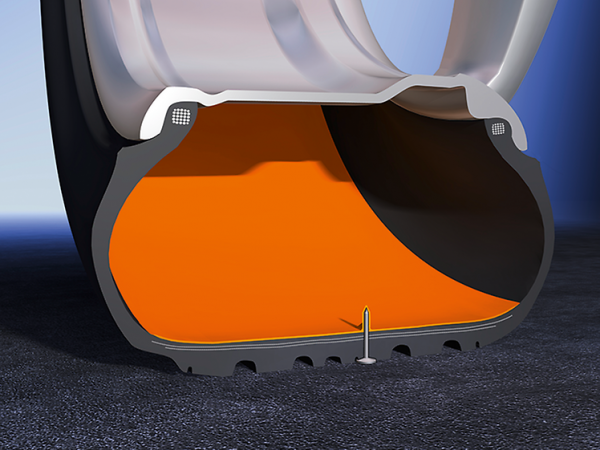
ContiSeal technology wraps around the nailhole and seals the tyre, so air can't escape.
If you’re unlucky enough to run over a nail or suchlike (up to 5mm in diameter) then the sealant layer instantly forms an airtight seal to prevent air getting out.
The tyre itself will need checking as soon as you can but in the meantime it will perform exactly the same as a normal tyre, no compromises to handling or traction.
As with the SSR tyres, ContiSeal tyres will benefit from being used with vehicles that have a tyre pressure monitoring system. After all, these tyres seal themselves so it’s hard to know when you get a nail in the tyre without some computer telling you. The idea you can completely avoid pulling over and trying to jack the car up etc is a big plus for these tyres.
The future
Who knows. We possibly won’t even need tyres so getting a flat won’t be an issue as Hover cars or flying cars may or may not need tyres. If they don’t, you can be confident they will have an Achilles heel of some kind though.
As for now, the Continental SSR and ContiSeal tyres are a good option. Their ability to get you safely to the nearest tyre centre is a massive plus. It’s less disruptive, less messy and less likely to attract the derision and/or anger of your family as those finely tuned travel plans get derailed by a nail. They just won’t leave you feeling... well... deflated.

Never run flat again.
We have SSR and ContiSeal options available in various sizes - check them out today!
-
Topics:
- Tyre Technology
More tips and articles
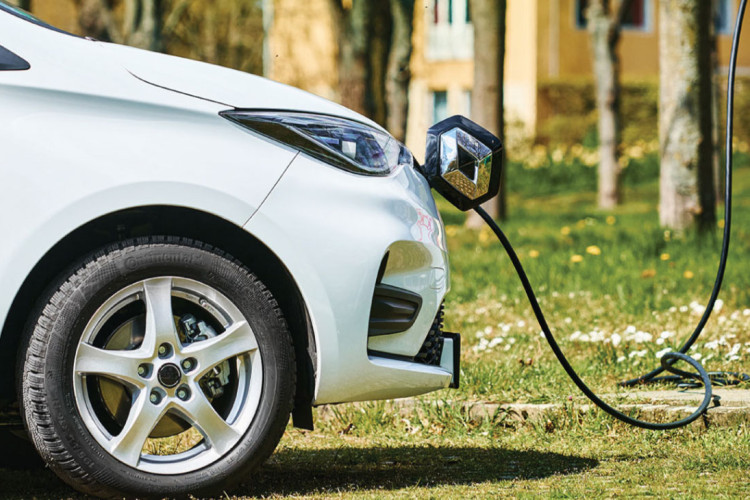
Tyres for Electric Vehicles
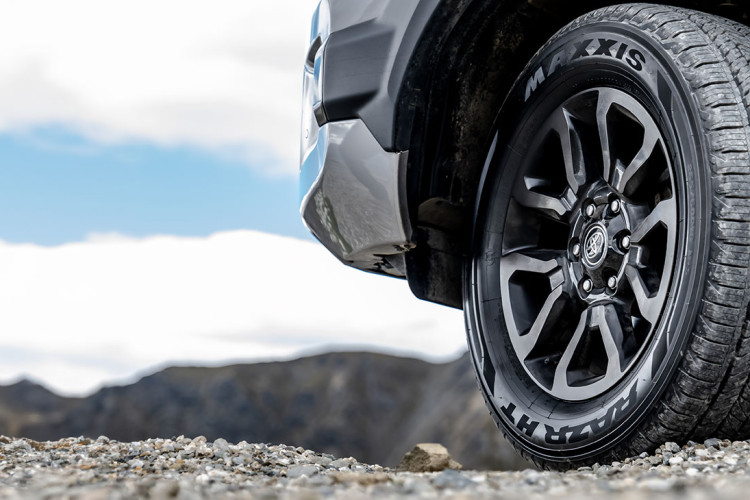
Product Spotlight:
Maxxis HT780 RAZR HT
